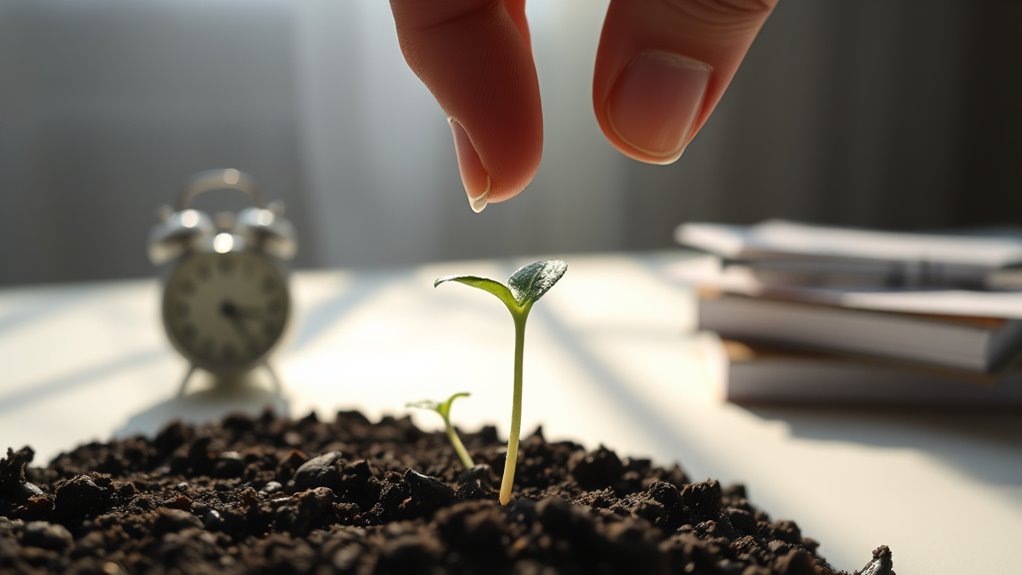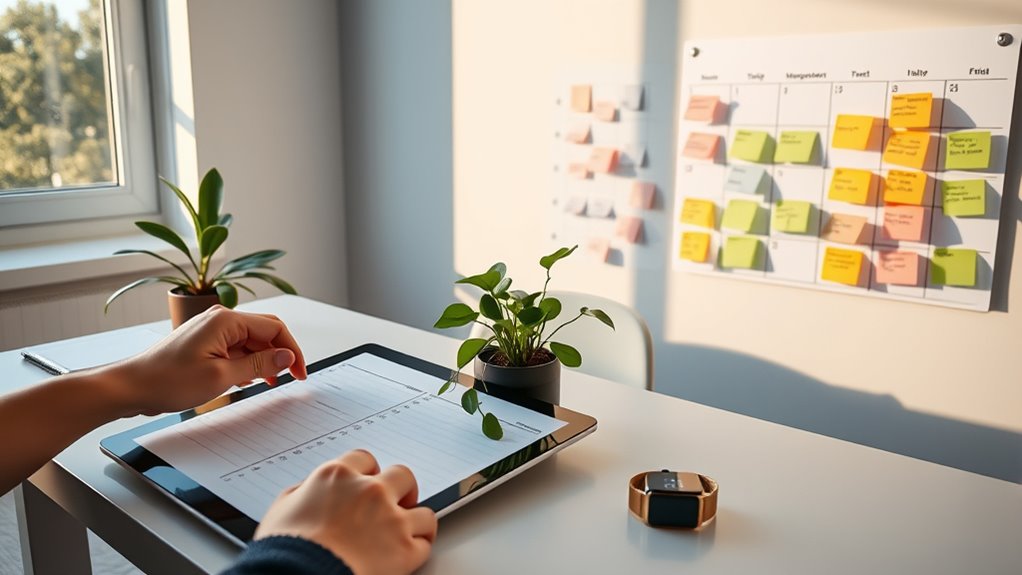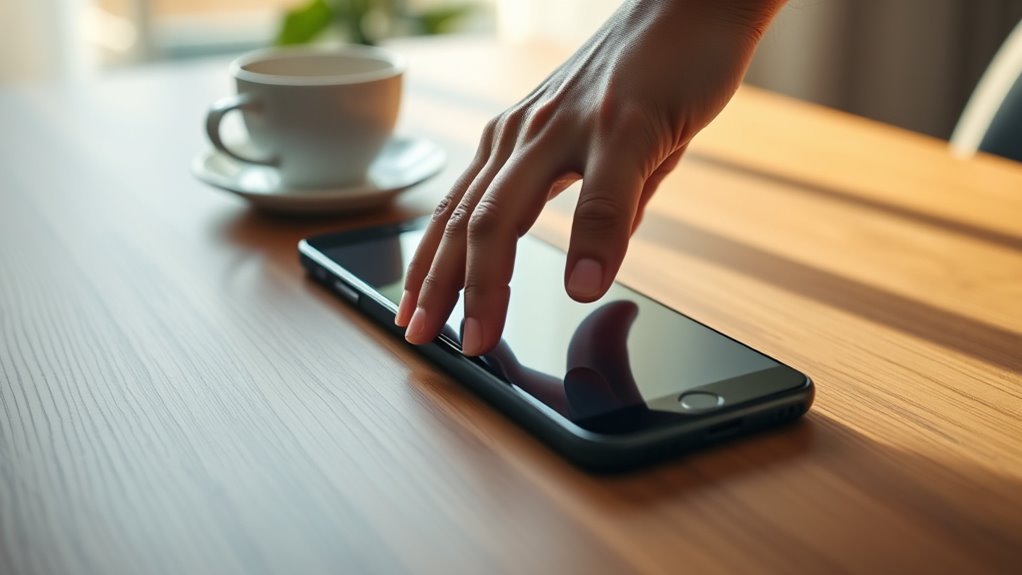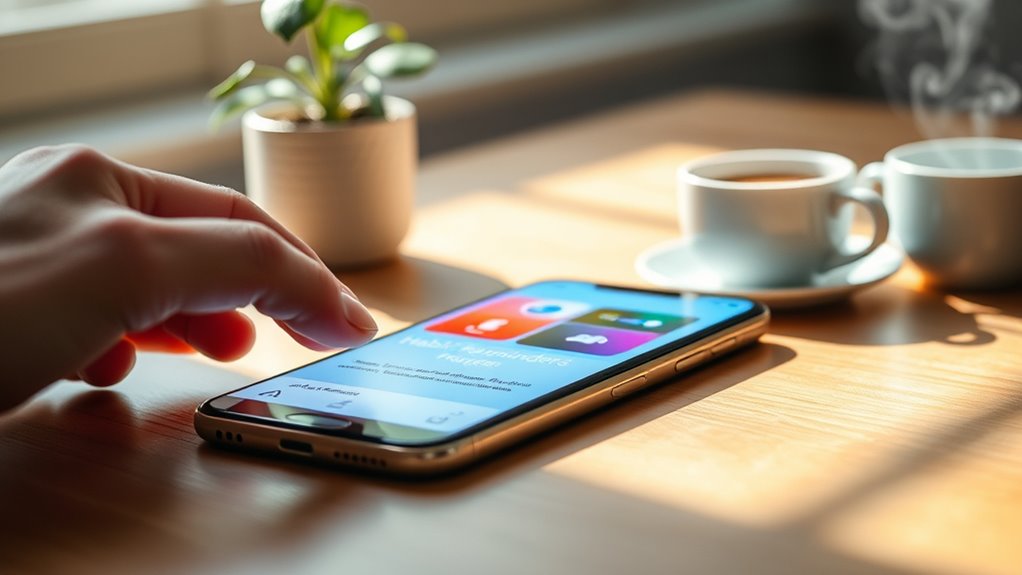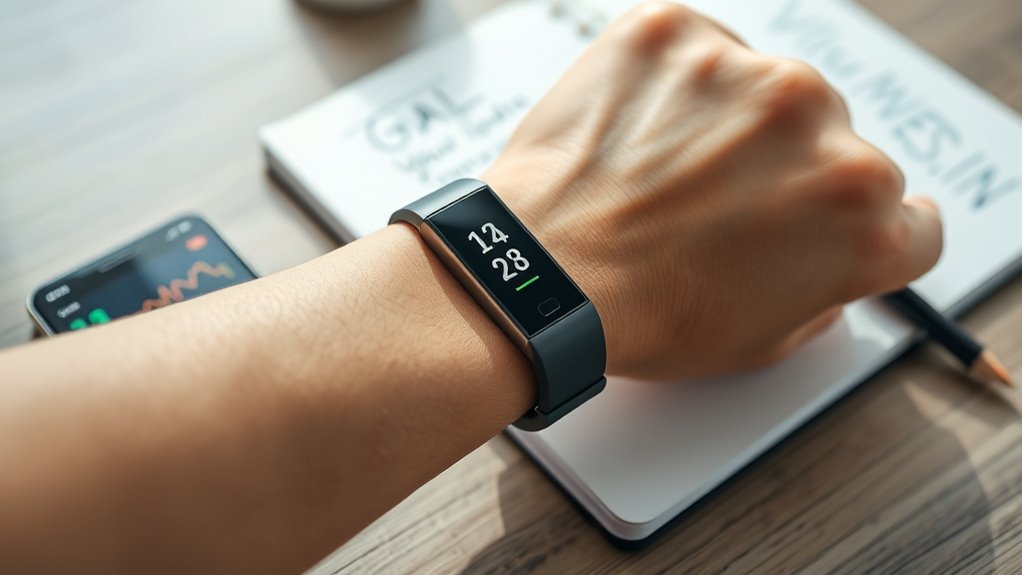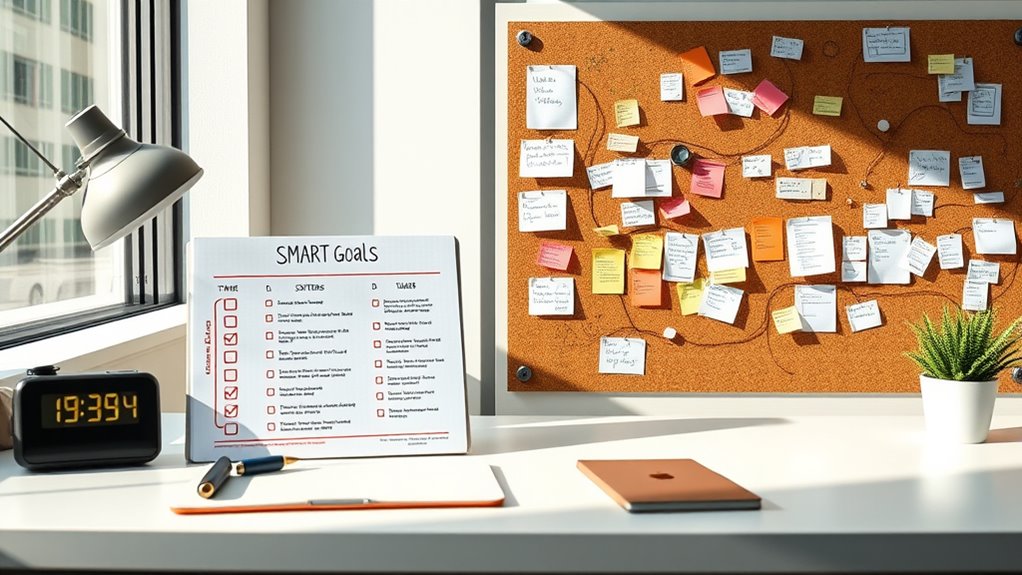Mastering micro habits shows how tiny, consistent actions can lead to big, lasting changes over time. When you make small adjustments, they become easier to integrate into your daily routine, especially with habit stacking and environmental cues that reinforce your efforts effortlessly. These manageable steps boost your confidence and create momentum, making sustainable change more achievable. Keep going, and you’ll discover powerful strategies to turn simple habits into transformative results.
Key Takeaways
- Tiny actions are easier to implement and sustain, leading to consistent progress over time.
- Micro habits leverage habit stacking and environmental cues for effortless integration into daily routines.
- Small changes benefit from the compounding effect, resulting in significant long-term improvements.
- Focusing on manageable habits builds confidence and reduces resistance to behavior change.
- Combining micro habits with environmental signals creates automatic, sustainable behaviors with minimal motivation needed.
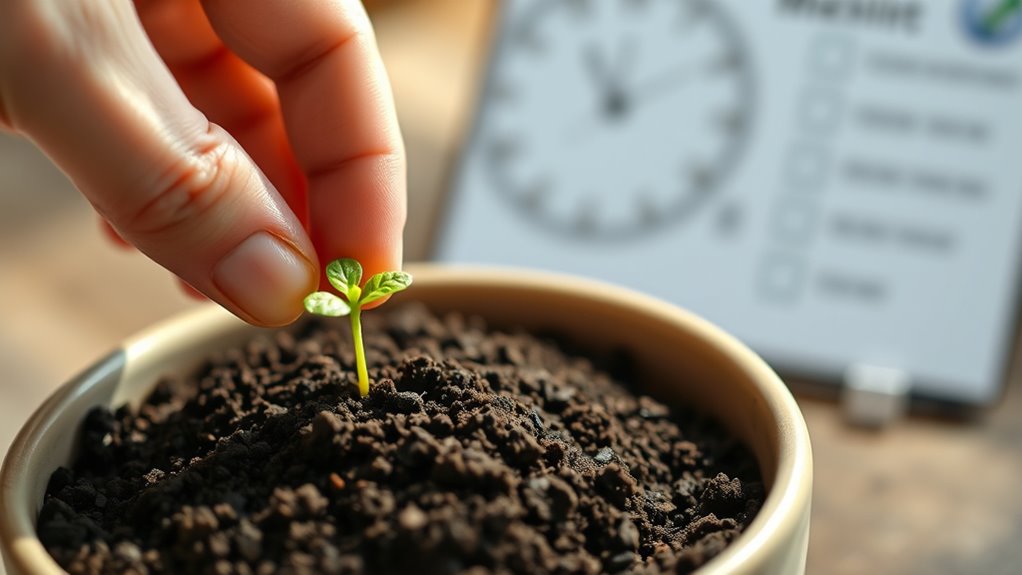
Small changes can lead to big results, especially when you focus on mastering micro habits. These tiny actions might seem insignificant on their own, but when you build them into your daily routine, they can transform your life over time. One effective way to do this is through habit stacking—linking a new, small habit to an existing one. For example, if you already brush your teeth every morning, you can add a minute of stretching afterward. By attaching a new habit to a routine you already perform consistently, you create a seamless shift that’s easier to adopt. This method leverages the power of environmental cues, which are signals in your surroundings that trigger specific behaviors. If you want to develop a habit of drinking more water, place a glass on your desk or next to your bed. Seeing it regularly prompts you to drink without needing to remember intentionally. Incorporating versatile sizes like those used in hot rollers can also help in creating visual cues for styling routines. Environmental cues play an essential role in reinforcing micro habits. Your environment can serve as a constant reminder and motivator, making it easier to stick to your intentions. For instance, leaving your workout clothes where you can see them encourages you to exercise, or setting your phone reminder to stand up and stretch every hour prompts movement. The key is to make these cues obvious and accessible, so your environment guides your behavior naturally. When you pair habit stacking with well-placed environmental cues, you set the stage for effortless habit formation. It’s about creating a physical space that nudges you toward positive actions without relying solely on willpower. As you get used to these small changes, they start to feel automatic. Micro habits don’t demand much time or effort, which reduces resistance and makes consistency more achievable. Over days and weeks, these tiny actions compound, producing noticeable improvements. The beauty of mastering micro habits lies in their simplicity and sustainability. You don’t have to overhaul your entire routine overnight. Instead, focus on adding one small, manageable habit at a time, anchored by existing routines and reinforced by your environment. This approach builds confidence, making it easier to take on more significant changes over time.
Frequently Asked Questions
How Long Does It Take to See Results From Micro Habits?
Like planting a seed in spring, you’ll start noticing small signs of habit formation within a few days to weeks. Generally, you can measure progress in micro habits after about 21 to 30 days, but it varies per person. Consistency is key, and tracking your progress helps you see how these tiny actions accumulate over time, ultimately leading to big changes.
Can Micro Habits Replace Larger Goal-Setting Strategies?
Micro habits can complement larger goal-setting strategies by fostering behavior consistency through small, manageable actions. While they might not fully replace big goals, habit stacking helps you build momentum effortlessly, making progress feel natural. You stay engaged and motivated, and over time, these tiny actions create substantial change. So, yes, micro habits support and enhance your bigger goals, turning ambitious visions into achievable daily routines.
What Are Common Mistakes When Starting Micro Habits?
When starting micro habits, you often make mistakes like setting overambitious goals, which can overwhelm you and lead to burnout. You might also develop an inconsistent routine if you don’t plan for regular practice. To succeed, keep your goals small and manageable, and build a consistent routine. Focus on steady progress, and avoid pushing too hard too fast, so your habits become a natural part of your everyday life.
How Do Micro Habits Impact Long-Term Motivation?
Micro habits boost your long-term motivation by making consistency building easier and more sustainable. When you focus on tiny actions, you’re more likely to stick with them daily, which keeps your motivation high. Over time, these small wins create momentum, reinforcing your commitment and making it simpler to maintain progress. This steady approach helps you stay motivated, even during challenging periods, ensuring your habits become a lasting part of your life.
Are Micro Habits Suitable for Behavior Change in Children?
Yes, micro habits are suitable for behavior change in children because they support child development and habit formation. You can help kids build routines by encouraging small, consistent actions like tidying up toys or reading a page daily. These tiny steps foster discipline, confidence, and independence. When you focus on manageable habits, children learn to develop positive behaviors gradually, making lasting change more achievable and enjoyable for them.
Conclusion
By mastering micro habits, you hold the power to transform your life faster than you ever imagined—like turning a tiny stone into a mountain of success! Those small actions, when repeated daily, create a ripple effect so enormous it could make the universe stand still. So, start tiny, think big, and watch as your world shifts in ways you never thought possible. Remember, greatness begins with just one tiny step—so take it today and unleash your unstoppable potential!
